Astronomers are discovering that the rate of star formation in the universe is dropping, and they want to know why.
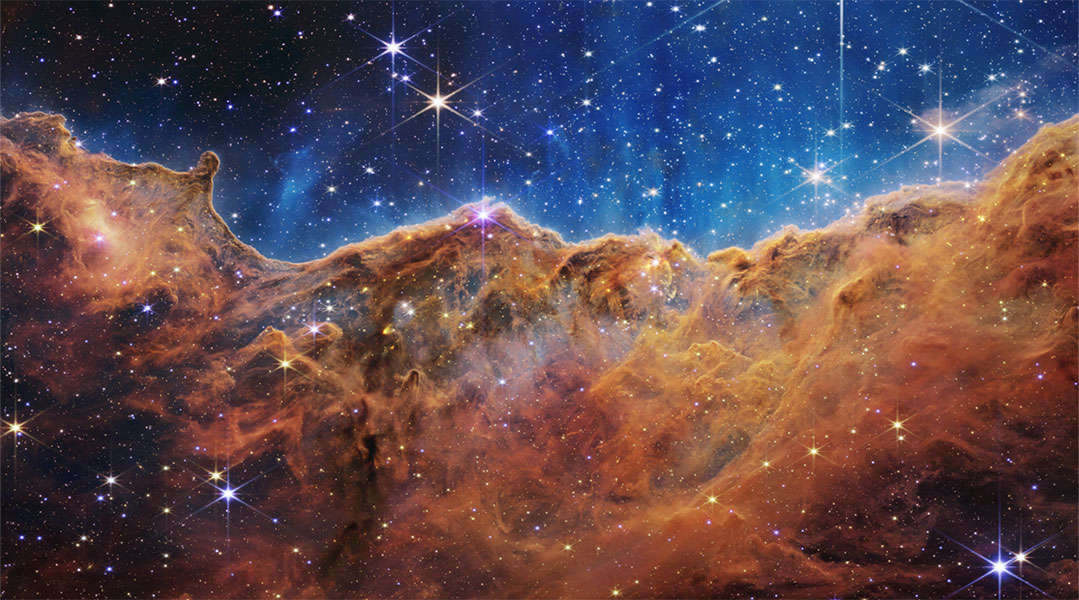

Astronomers are discovering that the rate of star formation in the universe is dropping, and they want to know why.

Physicists have reported the observation of a tetraneutron, a subatomic particle consisting of just four neutrons.
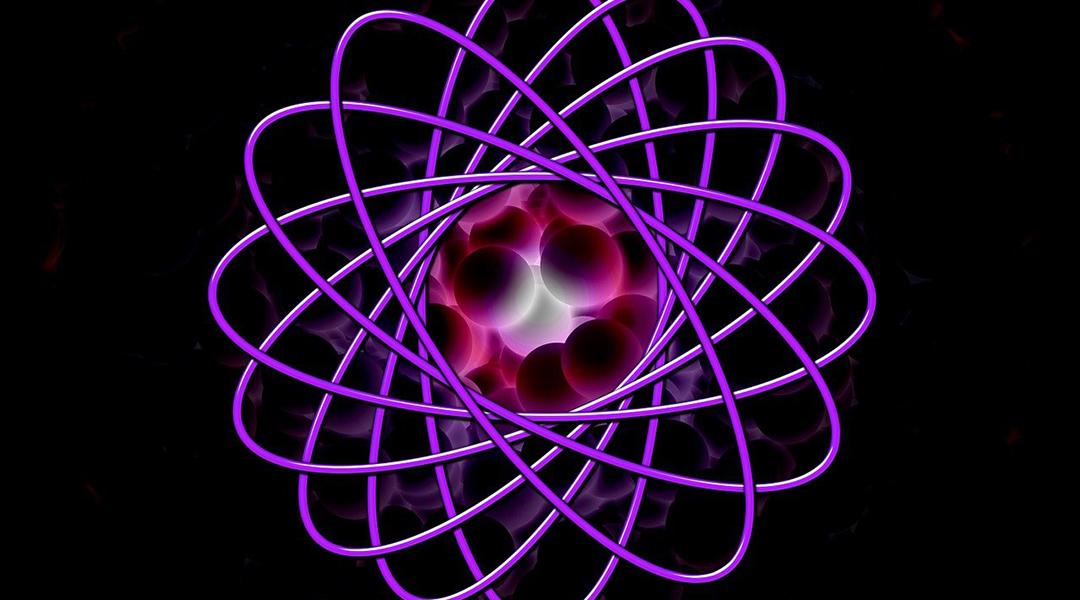
Scientists use cutting-edge techniques to study rare atomic systems called hypernuclei shedding light on subatomic forces and neutron stars.
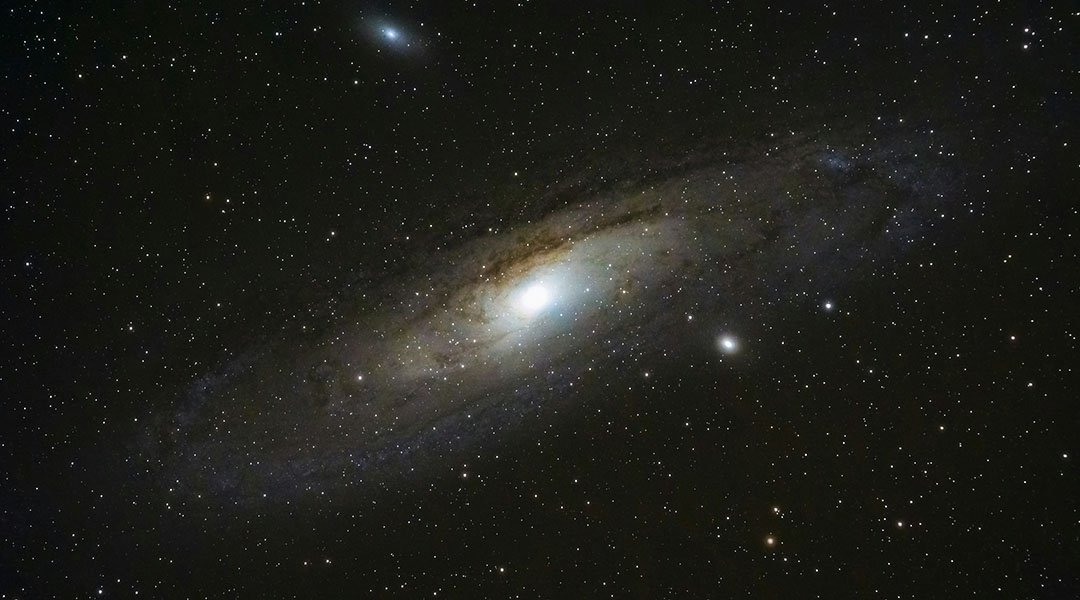
Links to observational data may have revealed the nature of magnetars and the origins of their extreme magnetic fields.
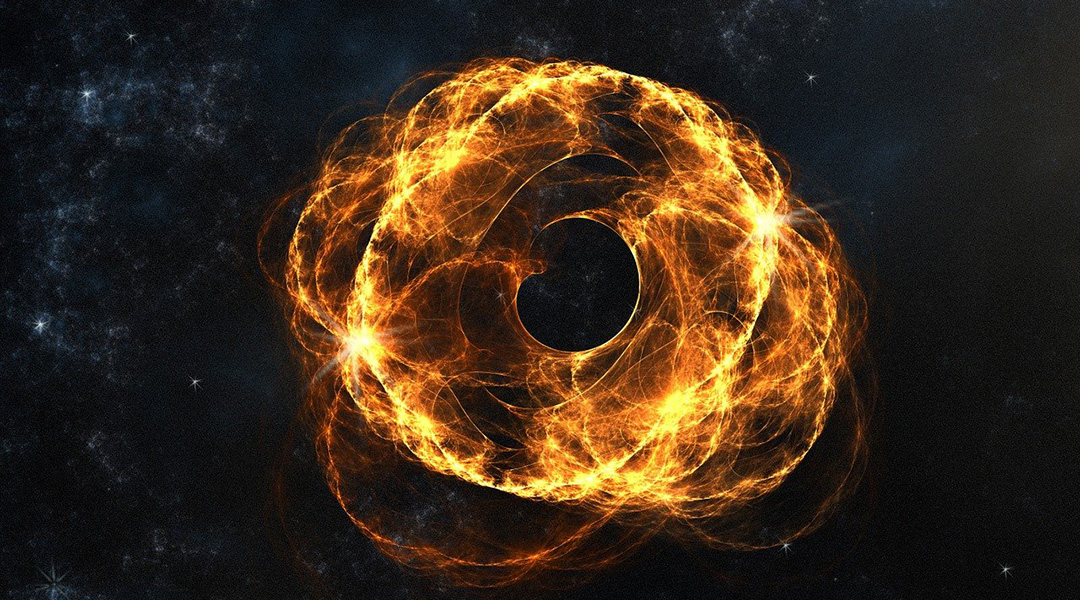
During the tumultuous mergers of black holes, smaller black holes called morsels could produce detectable Hawking radiation.
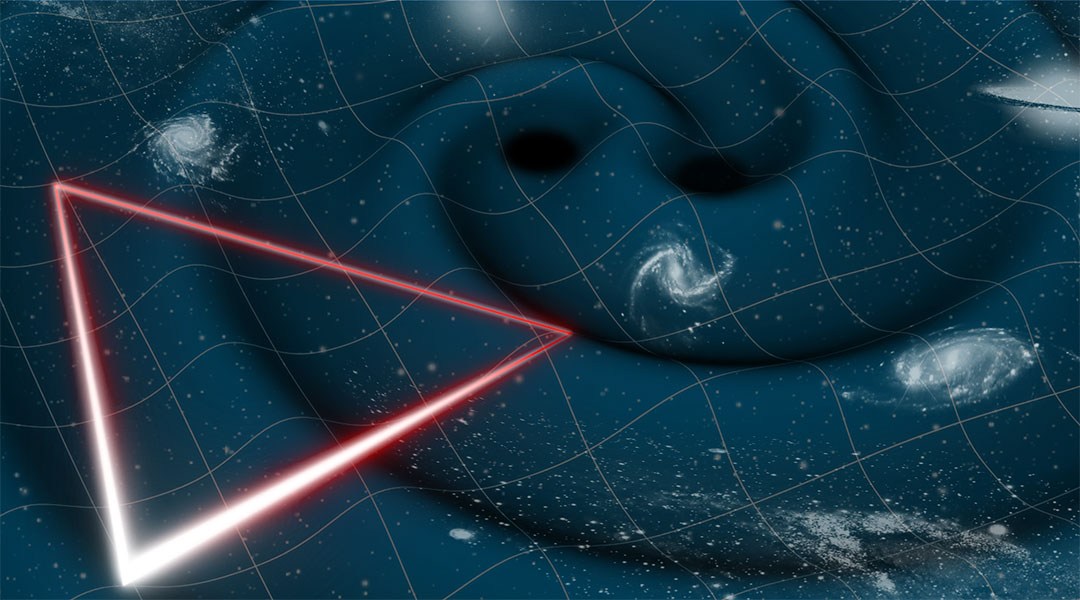
ESA greenlights LISA, a space-based observatory poised to detect gravitational waves across space and time.
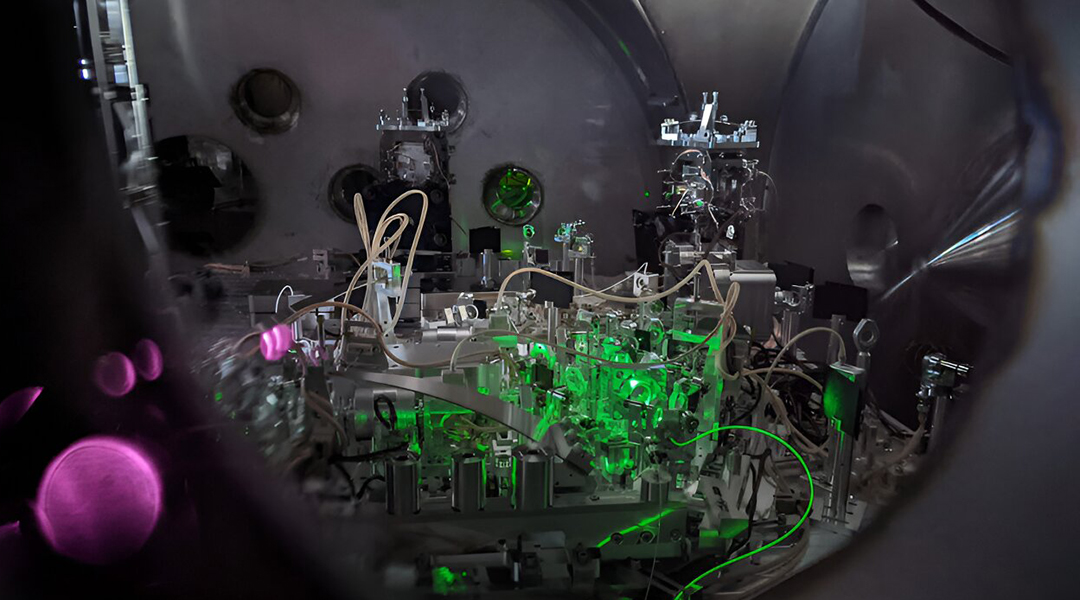
Physicists working on LIGO have surpassed the quantum limit to enhance gravitational wave detectors and revolutionize astrophysical observations.
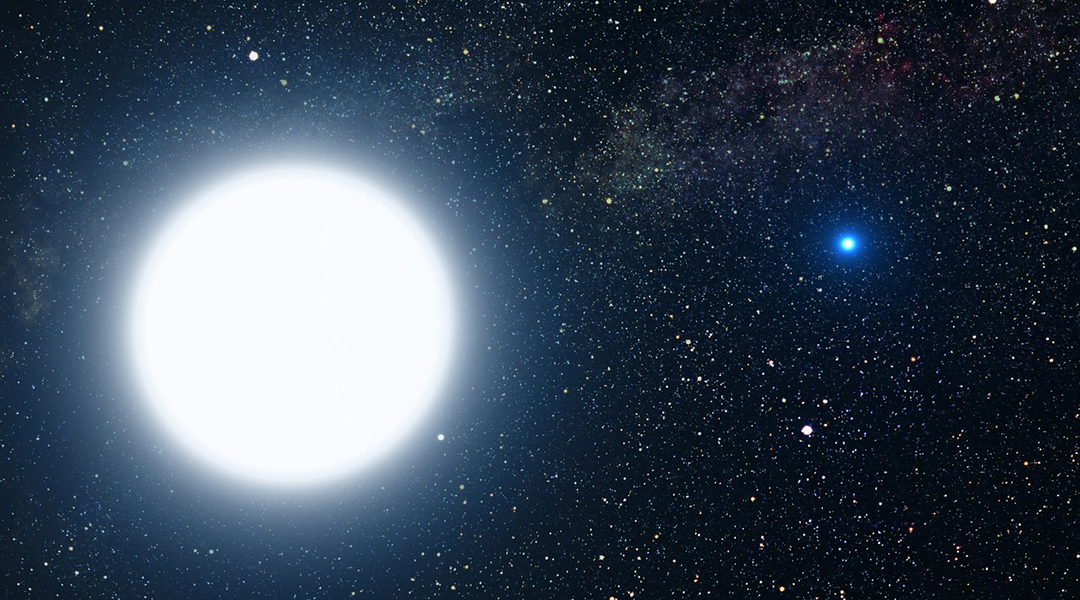
Due to their incredible density, astronomers believe white dwarfs might make the perfect dark matter detectors.
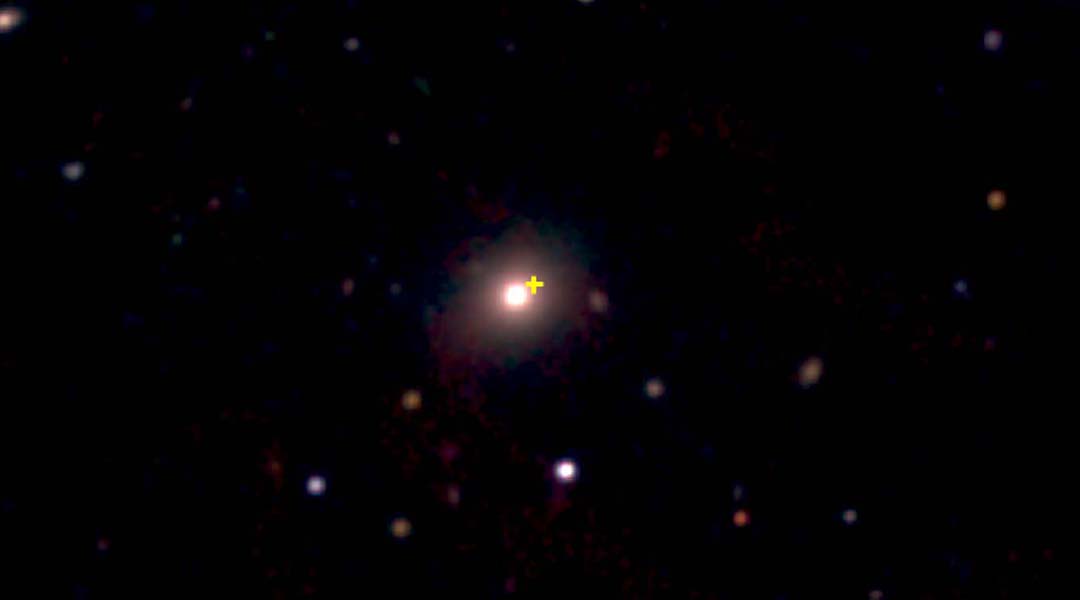
The rare but extreme blast that outshone most supernovas originated two billion light years away and has been classed as a “Luminous Fast Cooler”.
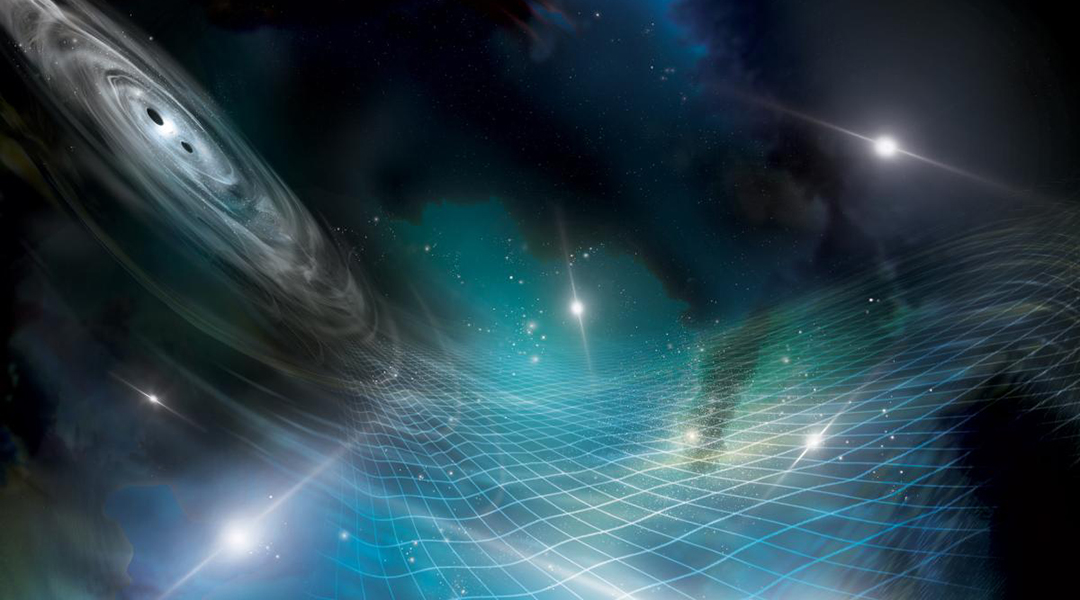
The universe is ringing with gravity, but humanity is only just beginning to hear the nuance of this cosmic symphony.